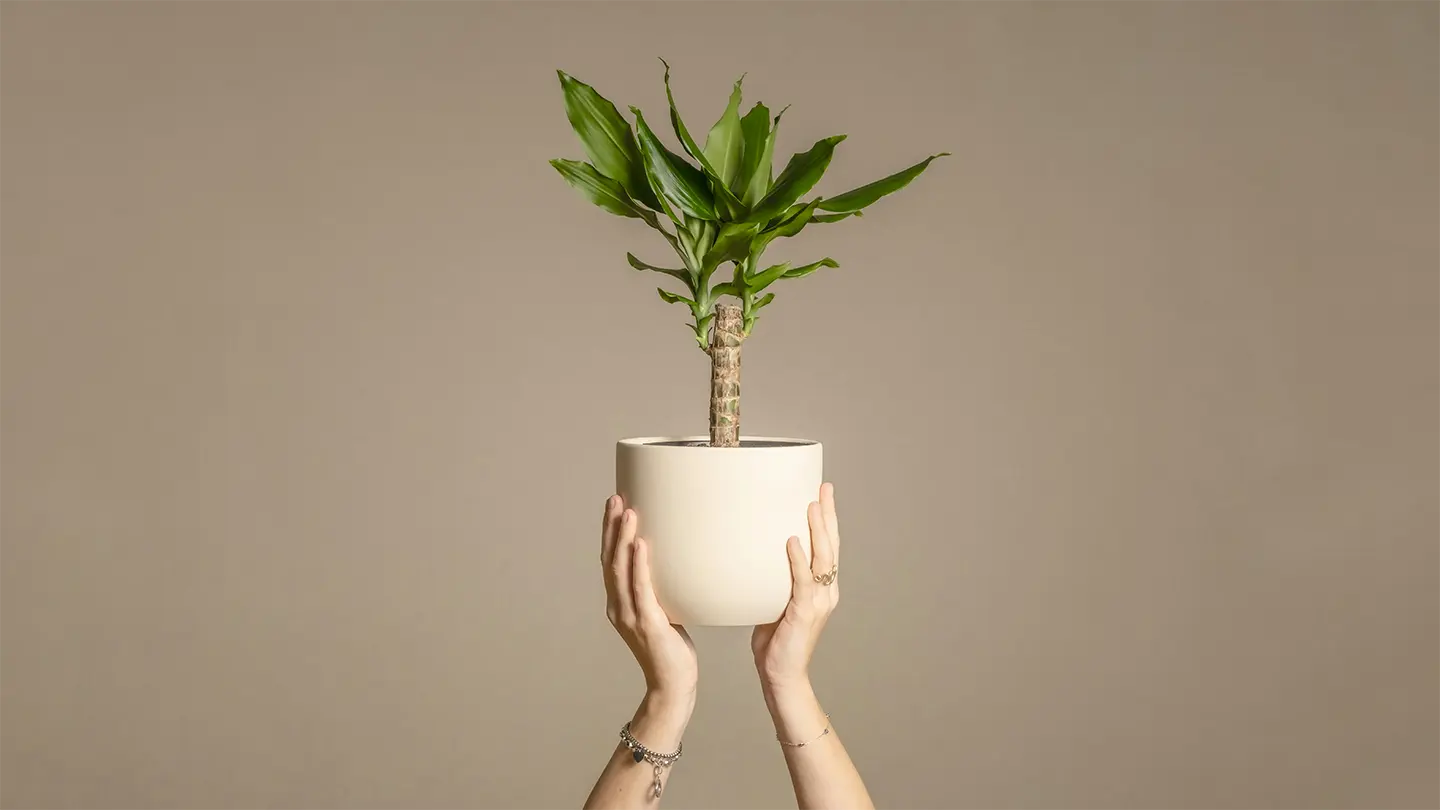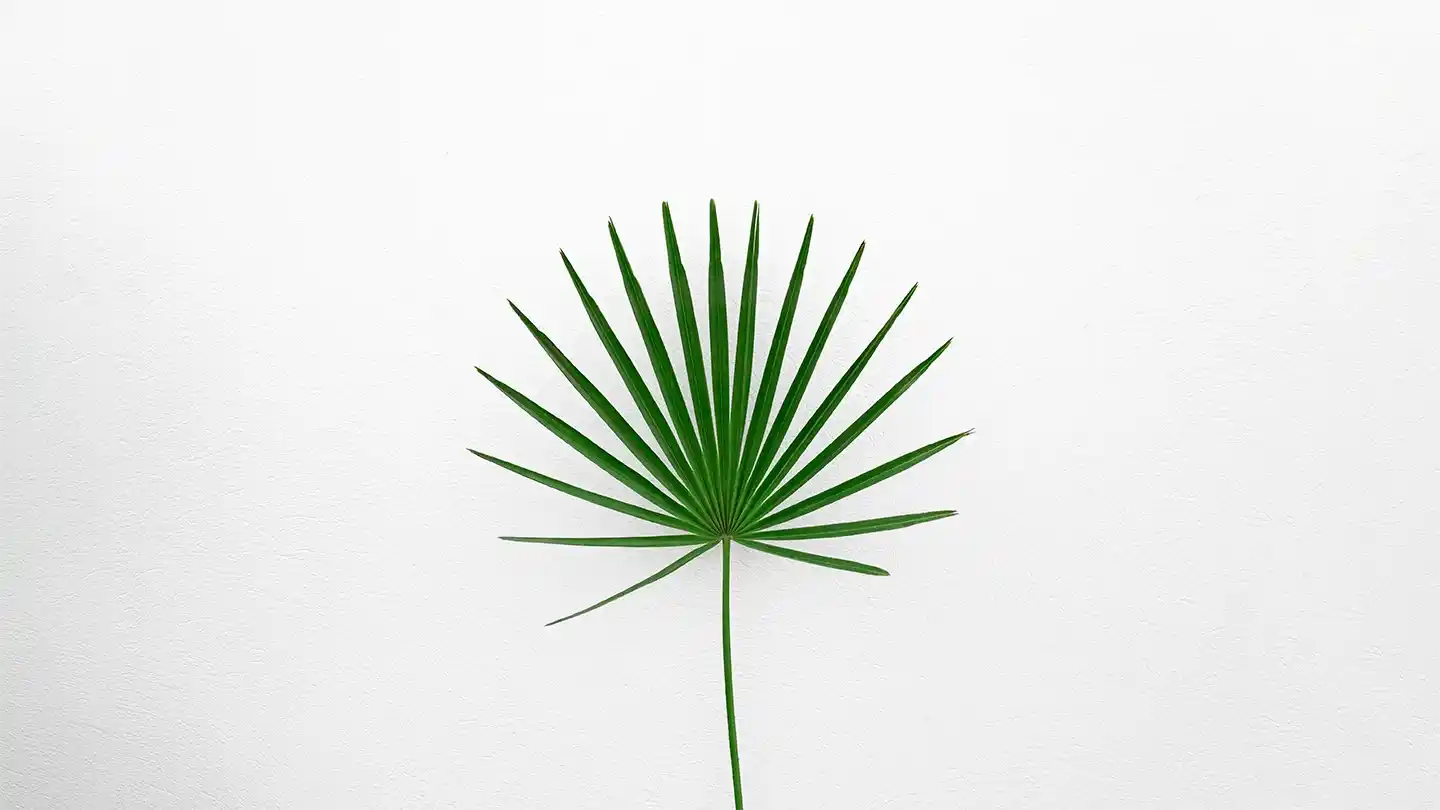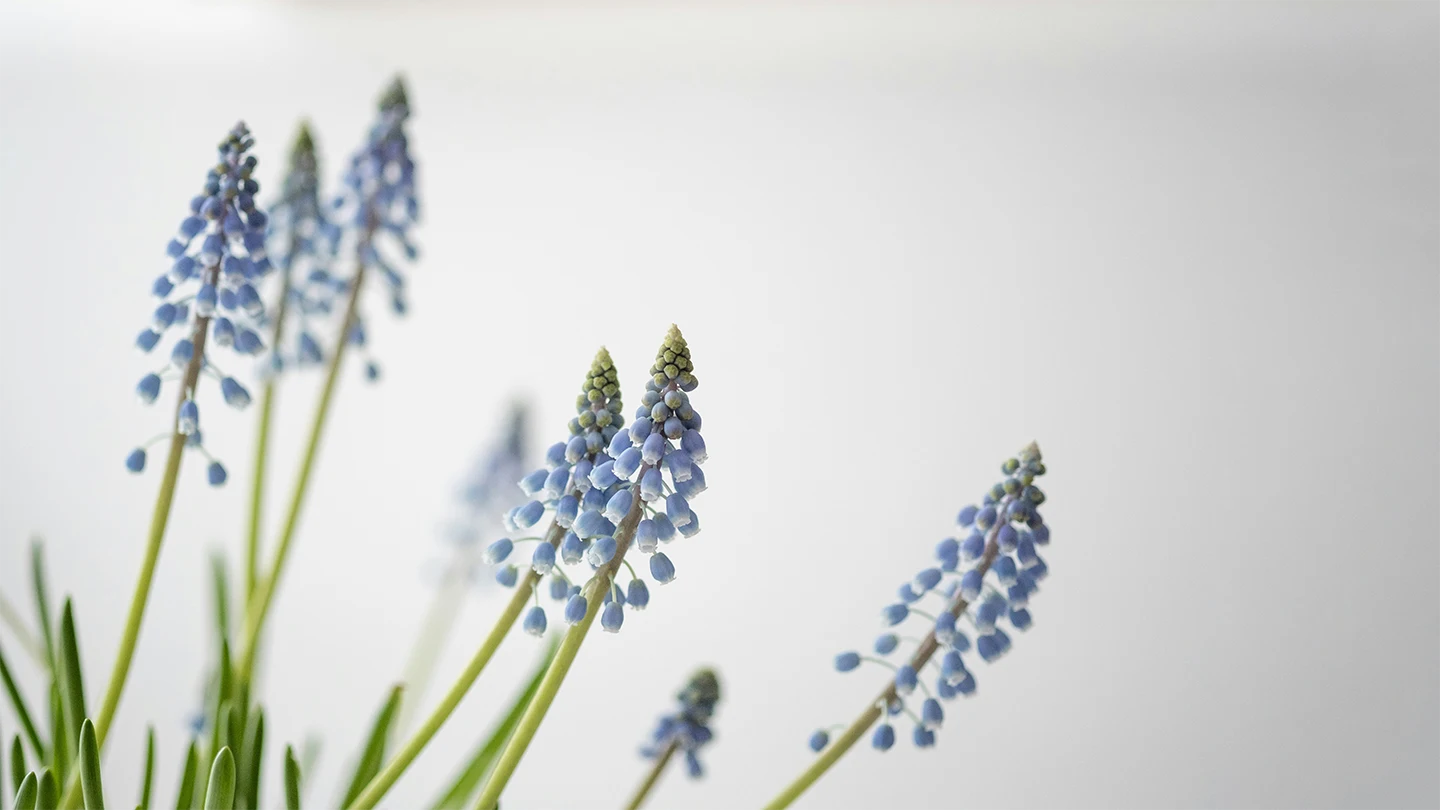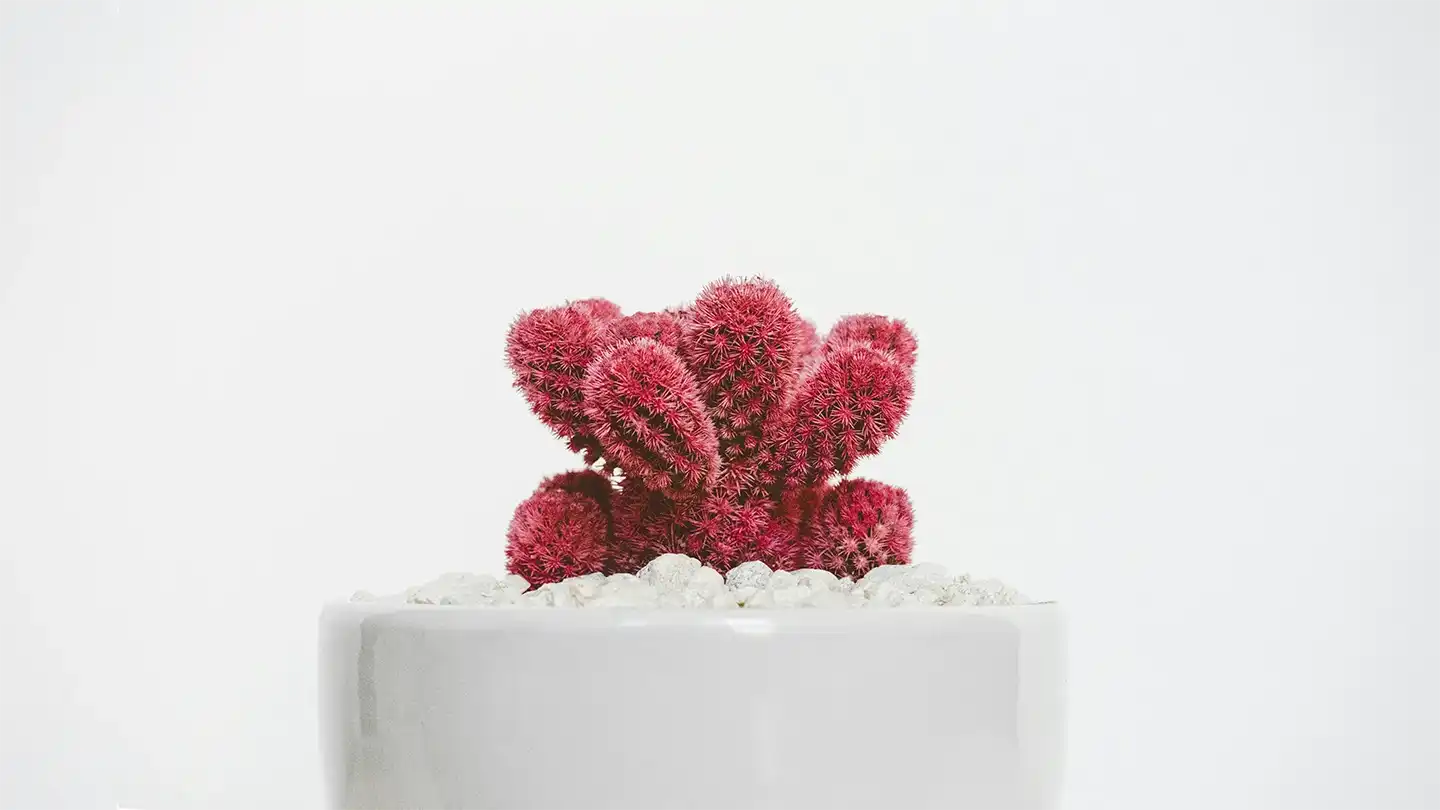Indoor plants bring life, color, and a sense of calm to any space. However, selecting the perfect plants for your home or office isn’t just about picking the prettiest ones. The right choice depends on factors like lighting, maintenance needs, and your personal preferences. By understanding your environment and the characteristics of various plants, you can create a lush, thriving indoor garden.
Before purchasing plants, evaluate the conditions in your space. Natural light, humidity levels, and room temperature play a significant role in plant health. Some plants, like succulents, thrive in bright, sunny areas, while others, such as ferns, prefer indirect light or shaded corners. Matching your plant selection to your space’s environment ensures they flourish and stay healthy.
Additionally, consider your lifestyle and time commitment. If you’re a busy professional or a beginner gardener, low-maintenance plants like pothos or snake plants might be your best bet. For those who enjoy regular care routines, more demanding plants, such as orchids or fiddle-leaf figs, can be a rewarding choice.
1. Assess Your Space’s Lighting Conditions
The amount of natural light in your room will determine which plants will thrive. For brightly lit areas, consider sun-loving plants like aloe vera or jade plants. Rooms with minimal light are better suited for low-light plants like ZZ plants or peace lilies. Observe how light shifts throughout the day and choose plants that align with these conditions.
For artificial lighting, opt for adaptable plants like spider plants, which can tolerate various light levels. A well-lit spot near a window is often ideal, but if that’s not possible, grow lights can supplement natural light effectively.
2. Factor in Room Temperature and Humidity
Different plants have varying temperature and humidity requirements. Tropical plants, like monstera and philodendrons, thrive in warm, humid conditions and are perfect for kitchens or bathrooms. In contrast, cacti and succulents prefer drier environments with steady temperatures.
Avoid placing plants near drafts, air conditioners, or heaters, as these can cause stress to sensitive varieties. Monitoring temperature and using tools like a humidifier can help create a comfortable microclimate for your indoor garden.
3. Match Plants to Your Care Routine
Choose plants that fit your lifestyle. If you’re forgetful about watering, opt for hardy plants like rubber plants or snake plants, which can survive irregular care. For plant enthusiasts with time to spare, flowering plants like orchids or African violets offer vibrant rewards with a bit more effort.
Remember to research the watering and feeding needs of your chosen plants. Overwatering is a common mistake, so invest in pots with drainage holes to prevent root rot.



4. Consider the Aesthetic and Purpose
Plants should complement your décor and enhance your space’s mood. Tall plants like fiddle-leaf figs make great statement pieces, while small, colorful plants like calatheas can add pops of color to shelves or desks. Use cascading plants like pothos or string of pearls to soften corners or decorate hanging planters.
Besides aesthetics, think about functionality. Air-purifying plants like peace lilies or areca palms not only look good but also improve indoor air quality, making them a practical choice for living rooms or bedrooms.
The beauty of plants lies not just in their appearance but in the joy they bring to nurturing and connecting with nature.
— Robert Fox

Leave a Reply